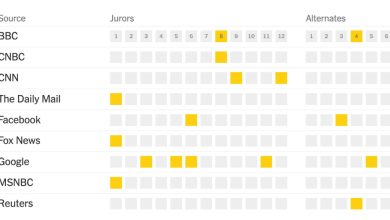Productivity Is Up, Along With Hopes It Will Fuel the Economy

The last time the American economy was posting surprising economic growth numbers amid rapid wage gains and moderating inflation, Ace of Base and All-4-One topped the Billboard charts and denim overalls were in vogue.
Thirty years ago, officials at the Federal Reserve were hotly debating whether the economy could continue to chug along so vigorously without spurring a pickup in inflation. And back in 1994, it turned out that it could, thanks to one key ingredient: productivity.
Now, official productivity data are showing a big pickup for the first time in years. The data have been volatile since the start of the pandemic, but with the dawn of new technologies like artificial intelligence and the embrace of hybrid work setups, some economists are asking whether the recent gains might be real — and whether they can turn into a lasting boom.
If the answer is yes, it would have huge implications for the U.S. economy. Improved productivity would mean that firms could create more product per worker. And a steady pickup in productivity could allow the economy to take off in a healthy way. More productive companies are able to pay better wages without having to raise prices or sacrifice profits.
Several of the trends in place today have parallels with what was happening in 1994 — but the differences explain why many economists are not ready to declare a turning point just yet.
The Computer Age vs. the Zoom Age
By the end of the 1980s, computers had been around for decades but had not yet generated big gains to productivity — what has come to be known as the productivity paradox. The economist Robert Solow famously said in 1987, “You can see the computer age everywhere but in the productivity statistics.”




